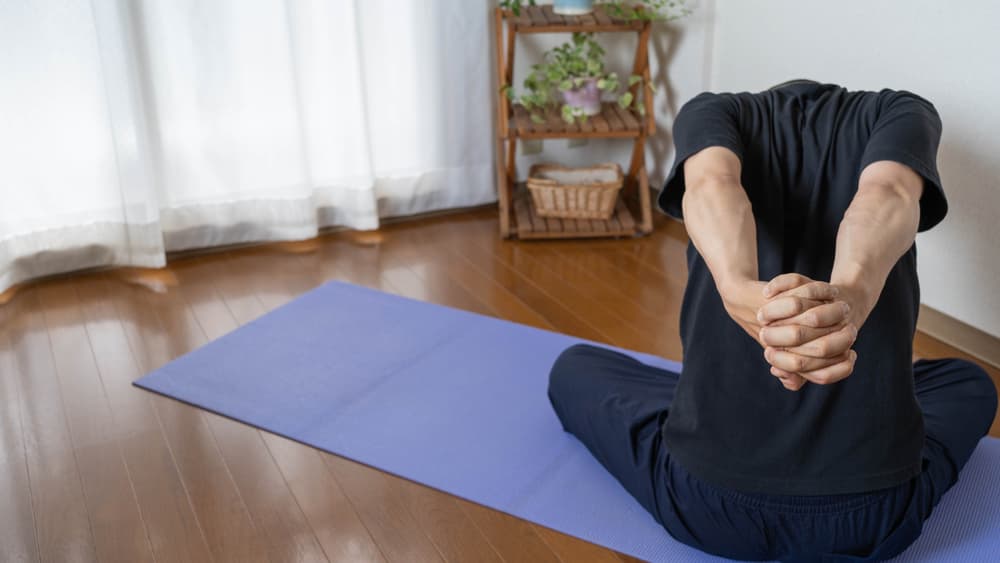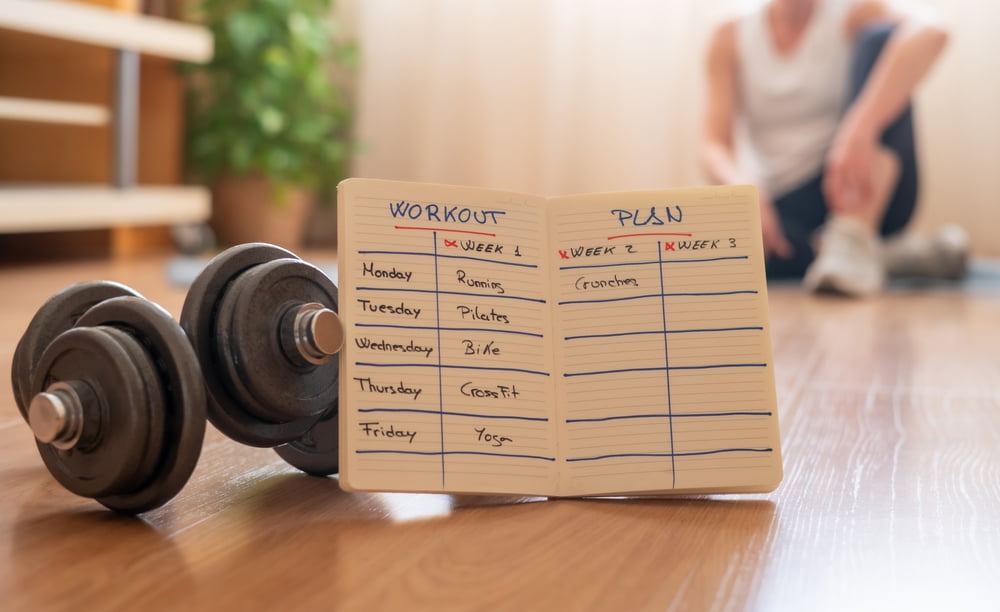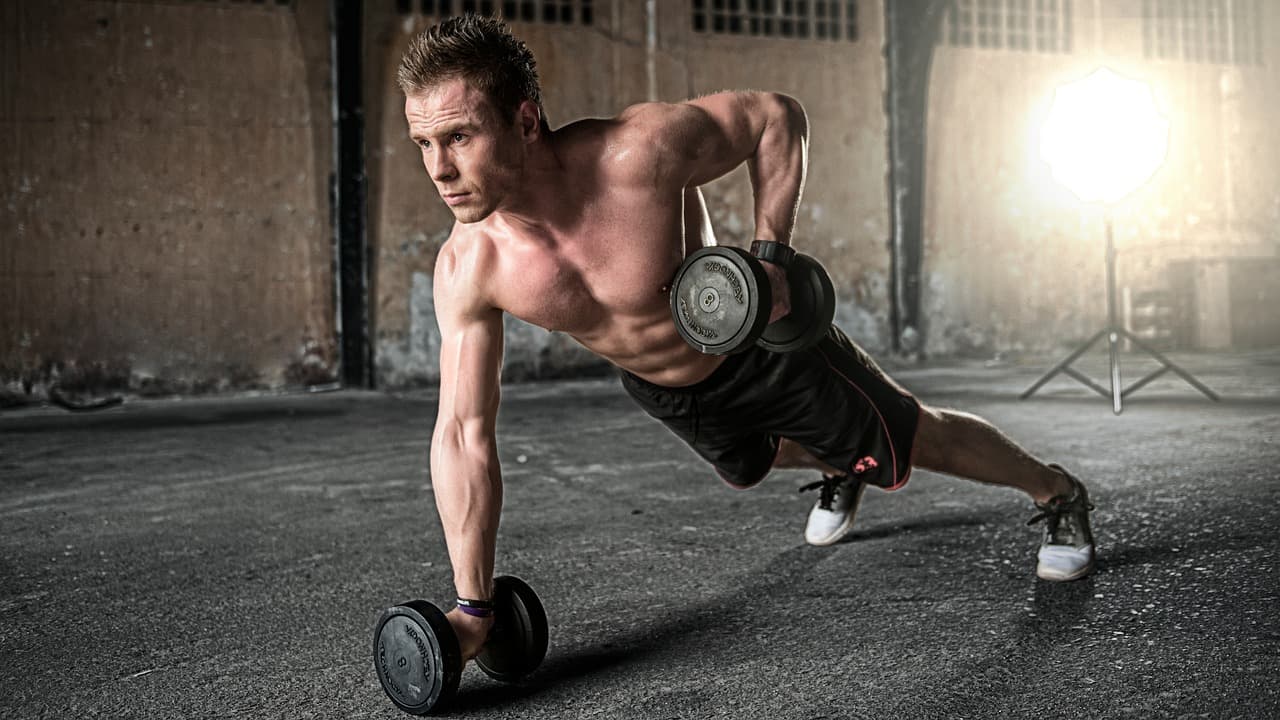Functional Training Guide
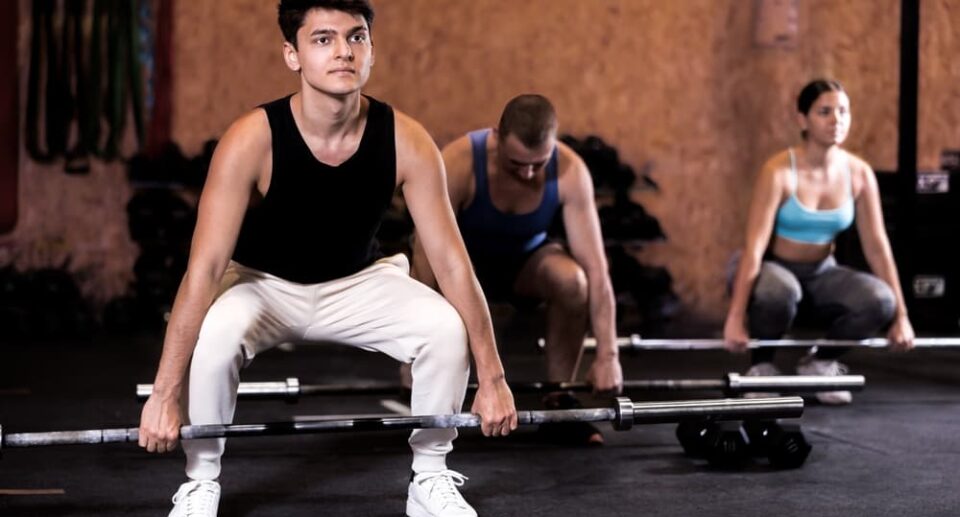

Functional Training Guide: The Ultimate Workout for Strength and Mobility
Functional training is a fitness method that was created to help the body have the capacity to do real-life movements successfully. Functional workouts work differently from traditional weightlifting because they involve multiple muscle groups at once. By doing so, one not only gains physical strength but also improves their balance, coordination, and overall mobility.
Functional Training Guide: Benefits for Strength and Mobility
Functional training is a kind of exercise that can repeat these actions to make the things that people do easier and to minimize the possibility of injuries happening. Some of these movements, which are usually core exercises, require different joints and muscles to act together as one, therefore the vigor, the stability, and the strength of the persons can be enhanced significantly.
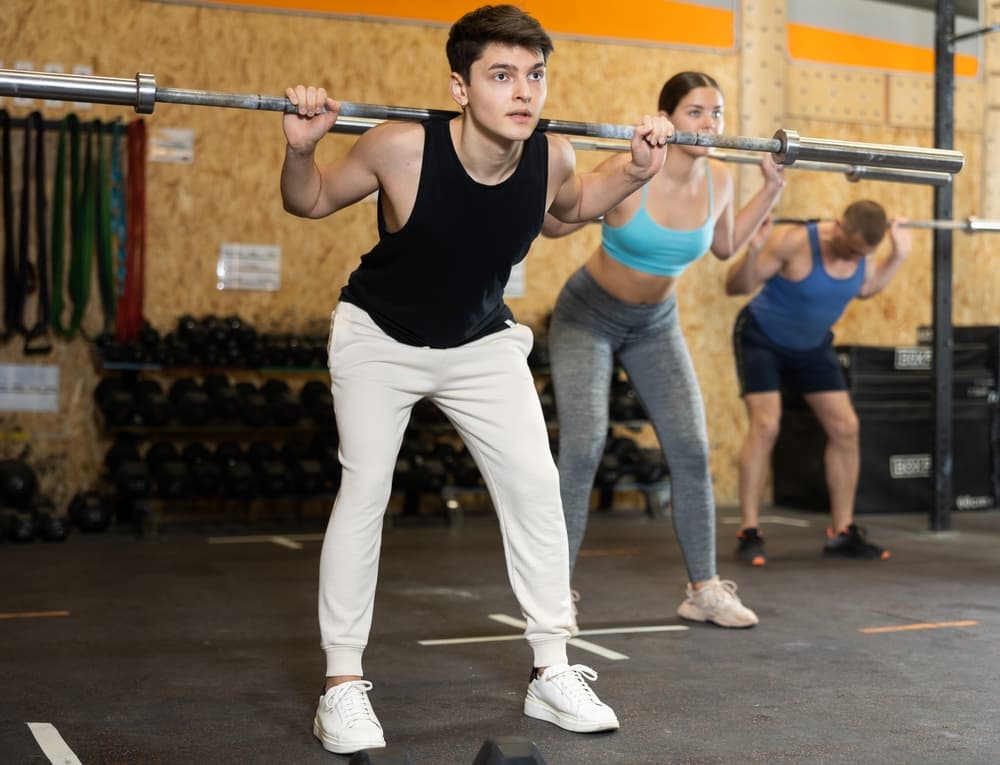

Benefits of Functional Training
- Improved Strength & Stability – Engages core muscles and improves posture.
- Enhanced Flexibility & Mobility – Increases range of motion, reducing stiffness.
- Better Balance & Coordination – Strengthens stabilizing muscles, reducing fall risks.
- Injury Prevention – Strengthens muscles and joints, preventing common injuries.
- Increased Calorie Burn – High-intensity functional workouts aid in weight loss and muscle toning.
- Boosted Athletic Performance – Enhances endurance and agility for better sports performance.
How to Create a Functional Training Routine
1. Squats
- Strengthens legs, glutes, and core.
- Improves mobility and posture.
2. Deadlifts
- Engages multiple muscle groups, including hamstrings and back.
- Enhances real-world lifting capability.
3. Kettlebell Swings
- Builds explosive power and cardiovascular endurance.
- Strengthens core, shoulders, and lower body.
4. Medicine Ball Slams
- Develops power and coordination.
- Engages core and upper body muscles.
5. TRX Rows
- Improves upper body strength and stability.
- Uses bodyweight resistance for effective training.
6. Lunges
- Enhances lower body strength and balance.
- Strengthens quads, hamstrings, and glutes.
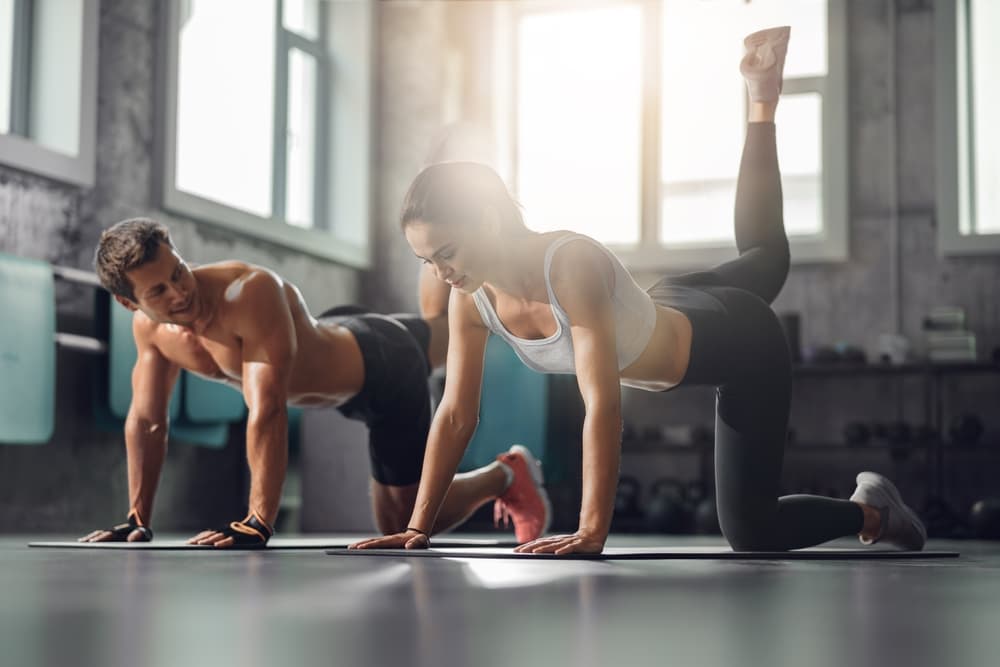

How to Create a Functional Training Routine
- Warm-Up: Begin with 5-10 minutes of dynamic stretching as a good introduction or light cardio to the workout.
- Core Movements: Focus on squats, lunges, deadlifts, and push-ups.
- Power & Agility: Incorporate plyometric exercises like jump squats and kettlebell swings.
- Endurance Training: Use circuit-based workouts to improve stamina.
- Cool Down: Finish with static stretching to promote flexibility and recovery.
Functional Training vs. Traditional Weightlifting Explained
Functional training and traditional weightlifting differ in several key aspects. Functional training focuses on engaging multiple muscle groups through real-life movements, improving overall mobility, strength, and coordination. Exercises such as squats, kettlebell swings, and lunges enhance balance and athletic performance while reducing the risk of injuries.
On the other hand, traditional weightlifting primarily targets isolated muscles to build strength and muscle mass. This method often involves exercises like bicep curls, bench presses, and leg presses using dumbbells, barbells, and machines. While it effectively enhances muscle size and power, it does not always translate directly to everyday movement efficiency.
Functional training is ideal for those looking to enhance full-body strength, flexibility, and endurance, whereas traditional weightlifting is better suited for individuals focused on muscle hypertrophy and maximal strength gains. Both approaches offer unique benefits, and incorporating elements of both can create a well-rounded fitness regimen.
Who Should Try Functional Training?
Functional training is suitable for everyone, from beginners to athletes. It’s especially beneficial for:
- Seniors looking to improve mobility and prevent falls.
- Athletes aiming to enhance performance.
- Office workers combating sedentary lifestyles.
- Fitness enthusiasts who want a full-body workout.
Functional training is a powerful approach to fitness that enhances strength, mobility, and overall performance. By incorporating functional workouts into your routine, you can build a resilient body that handles everyday movements with ease.




